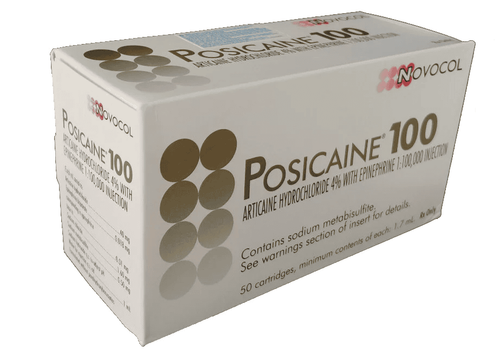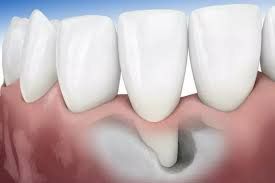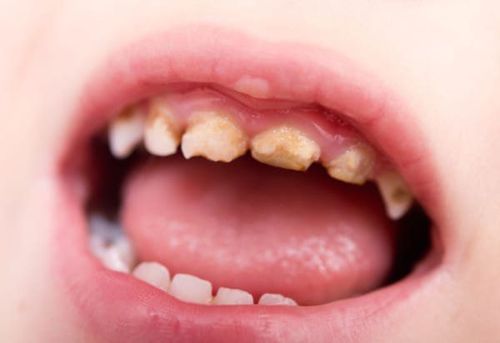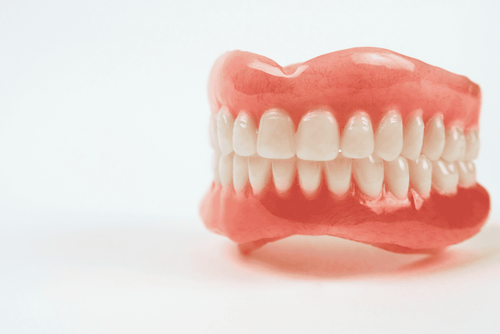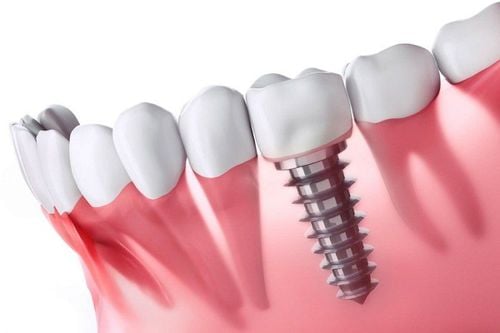This is an automatically translated article.
Dental restorations are applied to replace or restore lost teeth and damaged parts of tooth structure. Dental prosthetics are increasingly being used in maintaining oral health.
1. What is dental restoration?
Restorative techniques are different methods used by dentists to replace missing teeth or to repair missing parts of a tooth structure (cavities, damage arising from restorations). previous teeth, broken teeth...). Dental restoration includes the following techniques:
Filling: This is the most popular tooth restoration technique today. This technique is performed based on the principle of filling the space in the tooth with an appropriate material (a mixture of gold, silver or plastic materials, glass, composite resin) with a color close to the color of the tooth or a different color. with real tooth color; Crown: This is a tooth-shaped “cap” that is placed over the tooth to restore shape, size, and strength, to help keep the “bridge” (a fixed partial denture) in place or for a crown. dental implants. The teeth need to be ground evenly around for the crown to match the size and shape of the tooth, which is a long process so the dentist can work with a temporary filling/crown in the meantime in the meantime. ; Implants are small anchors made of metal (usually titanium or a titanium composite) that are placed into the socket where the tooth is missing, the implant may require an accessory called an abutment that acts like a crown. ; Bridges (partial fixed dentures) are dentures designed to "bridge" the gap created by one or more missing teeth. Bridges can be anchored on either side by crowns and permanently mounted. Bridges are made of porcelain, gold, alloy or a combination of materials, fixed bridges are installed and removed by the dentist; Dentures are removable replacement teeth used for missing teeth (due to gum disease, cavities, or trauma) and surrounding tissues. Dentures are made of acrylic resin, sometimes combined with metal attachments. Complete dentures are used to replace all teeth. Partial dentures are teeth that are used while some of the natural teeth are still present and are held in place by metal brackets that are attached to the natural teeth.
2. When to treat with dental prostheses?
Dental restorations can correct missing tooth structure problems caused by decay, damage (weakening) caused by previous restoration methods or broken teeth.
Procedures before dental restorations depend on the type of restoration the patient is having. Before any procedure, patients should make sure to keep their teeth as clean as possible by brushing and cleaning. Your dentist will discover cavities during routine cleanings and schedule an appointment to apply a filling. For dentures, during the preliminary examination, the dentist will measure and model the patient's jaw.
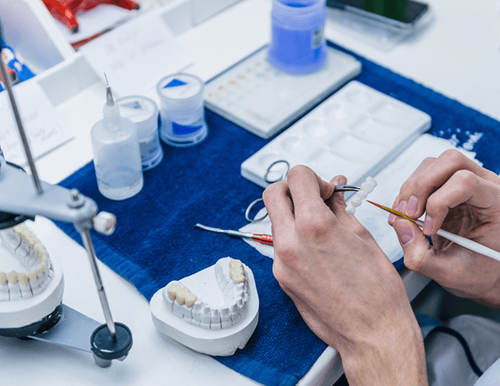
Kỹ thuật phục hình răng có thể khắc phục những vấn đề cấu trúc răng bị thiếu
3. What is a filling?
Filling is a method of using a special material placed on the teeth to repair cavities or defects in the tooth surface. Fillings (also known as dental restorations) help restore the form and function of teeth. Advances in dental materials and methods will provide new and effective techniques for tooth restoration. There are several different types of restorative fillings, including direct and indirect restorations:
3.1. Direct restoration of teeth
Performed in a single visit, the dentist places a filling directly into a prepared cavity. Materials used for these fillings include:
Silver fillings: this is a filling material that has been used for decades, tested for safety and resistance to wear; Ionomer fillings: these are tooth-colored materials made from fine glass powder and acrylic acid. They are used in small fillings that do not suffer from the great pressure of chewing and have the ability to chemically bond with minerals in the teeth; Resin ionomer: made from glass with acrylic acid and acrylic resin, similar to the ionomer glass filling materials above, they have the ability to chemically bond with minerals in the teeth; Composite fillings (resin): these are direct fillings that give the best tooth color, made from acrylic resin containing microscopic quartz or glass beads. They are not quite as strong or wear-resistant as amalgams but are stronger and more durable than glass-based sealants and can be used on biting surfaces.
3.2. Indirect dental fillings
This technique usually requires 2 or more dental visits and includes:
Inlays fillings; Coatings; Ceramic tooth; Veneers; Bridge teeth. Materials are usually made of gold, base metal alloys, ceramics, porcelain fused with metals or specially formulated composites. During the first visit, the dentist will prepare the tooth and make an impression in the area to be restored. At the second visit, the dentist will apply new restoration cement to the prepared area. Some clinics also use a newer technology called CAD/CAM (computer-aided design and manufacturing of teeth).

Ăn thức ăn mềm sau khi thực hiện kỹ thuật phục hình răng trong 24h
4. What to do after dental restoration?
After restoration of teeth, dentists often advise patients to change their eating habits for 24 hours:
Eat soft foods; Eat cold food; After any procedure, the patient must continue to brush and floss every day. The dentist may ask the patient to floss only in one direction so as not to lose the shape of the newly restored tooth. Need to brush and care for dentures like natural teeth: remove dentures, rinse and use soft toothbrush to clean. Dental restorations not only help patients chew food better, but also help to speak clearly and bring a more beautiful smile.
5. What are the risks or complications of dental restorations?
The most common risk is tooth sensitivity or general discomfort following the restoration. It is very rare to have an infection or an allergic reaction to the metals used. Dental restorations have very little risk as crowns (which can chip or come loose, fall out). If the patient has caries but delayed restoration treatment can lead to pulpitis or tooth extraction.
Patients may experience tooth sensitivity or only eat soft foods for up to 24 hours after the restoration. Or it may take longer to adjust to the patient's denture, but overall the recovery time is fairly quick.
If there is a problem during the restoration such as a crack in the filling or the denture does not fit properly, see your dentist immediately. Also, see your dentist for regular cleanings.
Currently, the Department of Dentistry - Jaw - Facial of Vinmec International General Hospital is a specialty in charge of intensive and aesthetic pathological treatment on the entire tooth structure (teeth, bone, pulp,... ), jaw (palatine, jawline, jaw joint,...) and face (frontal bone, cheekbone, temporal bone,...).
Dental - Jaw - Facial Department is divided into main specialties, in order to serve the needs of patients such as: Restorative dentistry, maxillofacial trauma, general dentistry, cosmetic dentistry and Interior.
Please dial HOTLINE for more information or register for an appointment HERE. Download MyVinmec app to make appointments faster and to manage your bookings easily.




